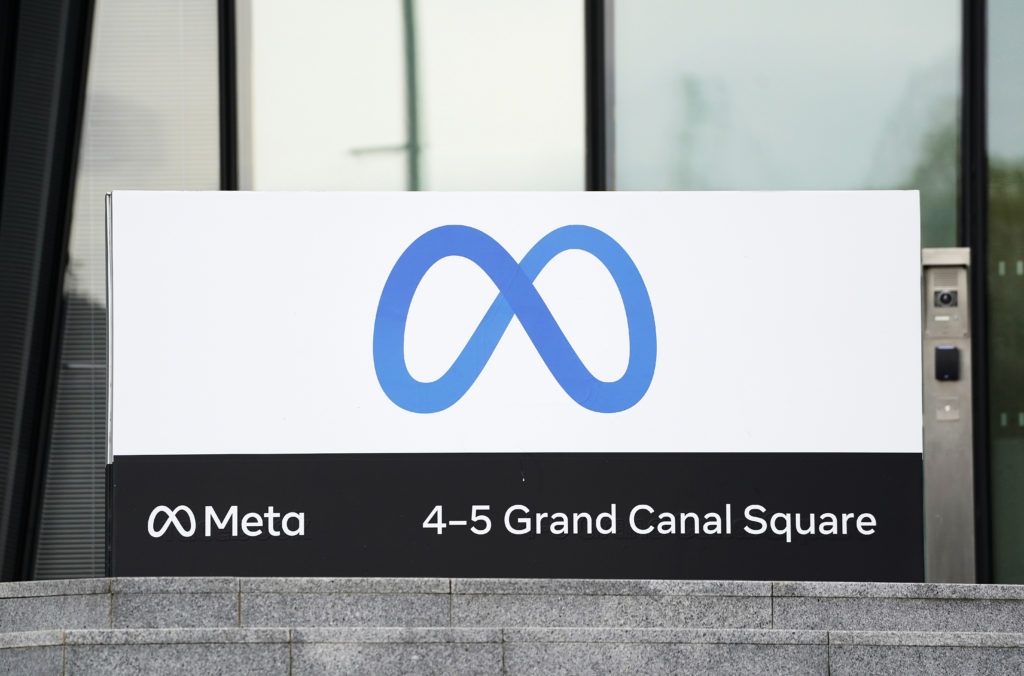Jun. 2—1/1
Swipe or click to see more
COURTESY RENDERING
The $106 million Honokea surf resort project in Kalaeloa has been in development since at least 2020. This rendering shows what the site may look like.
Select an option below to continue reading this premium story.
Already a Honolulu Star-Advertiser subscriber? to continue reading.
Get unlimited access
From as low as $12.95 /mo.
An already delayed plan to develop a surf park and resort on vacant state land in Kalaeloa has encountered a legal setback.
A state Circuit Court judge has ruled that an environmental assessment produced for the planned $106 million Honokea Surf Villages and Resort project is deficient in several areas and needs to be revised.
The decision last week represents a victory for a group of activists who filed a lawsuit in 2023 alleging that the project will have negative impacts on the area’s underground aquifer, nearshore aquatic life and other things in part from the project’s main feature, a 5.5-acre lagoon holding nearly 7 million gallons of potable water that occasionally would be discharged into the ground through injection wells.
Developers of the project, local big-wave surfer Brian Keaulana and Kenan “Keno” Knieriem Jr. of Honokea Kalaeloa LLC, have been working on their plan since at least 2020 and previously anticipated development to be finished this year.
Now, an environmental reassessment process will need to be completed before any development work can happen at the 19-acre project site that was once part of Barbers Point Naval Air Station and would be leased to Honokea Kalaeloa.
Keaulana suggested that work will continue on the surf village plan, which also includes 50 guest bungalows, restaurants, retail stores, a surf museum, a lazy river, a dive tank and an aquatic film studio.
“Our goal of creating a place that combines cultural education with skill-based recreation must be done in a way that does not harm our natural resources,” he said in a statement. “The court’s ruling allows us an opportunity to revisit the environmental concerns, especially our water resources.”
Honokea Kalaeloa completed an environmental assessment in 2023 that was accepted by the site’s landowner, the Hawaii Community Development Authority, as not likely to have significant negative environmental impacts.
The community organization Na Kia’i O Wai Ha and some of its members filed a lawsuit last year contesting HCDA’s conclusion of the assessment.
One of the claims by the plaintiffs was over the project’s water use. Honokea Kalaeloa intends to use an estimated 136,000 gallons of potable water daily from a private water system serving the area. Additionally, the lagoon would need to be filled initially with 6.9 million gallons of water over multiple days, and then drained and refilled every other year.
Judge Shirley Kawamura ruled that the environmental assessment provided no clear picture of how filling the lagoon would affect the sustainable yield of the Kapolei Aquifer System, which is also used by the Honolulu Board of Water Supply.
Kawamura also said in her written decision that the assessment failed to adequately address the cumulative impact of the project’s water use in the face of growing water demand in the area due to anticipated residential and other development.
“Honokea may demonstrate in a revised (final environmental assessment) that increased water withdrawals will likely not have a significant impact on the environment,” Kawamura’s decision said. “However, without additional analysis as to the secondary and cumulative impacts of the project’s water use, the Court is unable to find that the HCDA fulfilled its requirement to take a ‘hard look’ at this possibility.”
Another claim made by plaintiffs was that the developer’s plan to inject de-chlorinated water into the ground for disposal was going to damage nearshore aquatic life, including seaweed and fish.
The judge ruled that impacts from injecting about 7 million gallons of water over seven days during year biennial lagoon draining were unclear, and thus the assessment needed to be revised on that issue as well.
Two other areas of contention in the lawsuit were also decided in favor of the plaintiffs, and requires the developer to do more analysis. One was whether rezoning the land to permit retail, restaurants and indoor recreation would trigger a higher level of environmental review. The other was whether proposed mitigation measures to protect seabirds from being attracted to the project site, which is near one end of Kalaeloa Airport.
“The time and attention the court put to these critical issues gives us hope,” Summer Yadao, a plaintiff in the case, said in a statement. “Too often developers are given a free pass without any true scrutiny on how their projects impact the people of Hawaii or our finite resources.”
Tara Rojas, another plaintiff, in a statement criticized HCDA, which was a defendant in the case along with the developer, for not protecting natural resources. “We have to step up to do the work the state is failing to do,” she said.
Craig Nakamoto, HCDA executive director, declined comment.
The community group’s ultimate goal is to stop Honokea Surf Villages from being developed.
“The area they want to use for the surf park needs to be protected for Oahu’s future generations,” Healani Sonoda-Pale, another plaintiff in the case, said in a statement.
Sonoda-Pale said the area geologically made up of eroded coral limestone, or karst, contains iwi kupuna (ancestral remains), historic ala hele (trails), and sinkholes that should not be desecrated by development.
“Their plan to take out the water, and to inject their used pool water back into the karst would damage the nearshore limu (seaweed) and fisheries which are vital to traditional Hawaiian and customary gathering practices,” she said.
Signup bonus from





